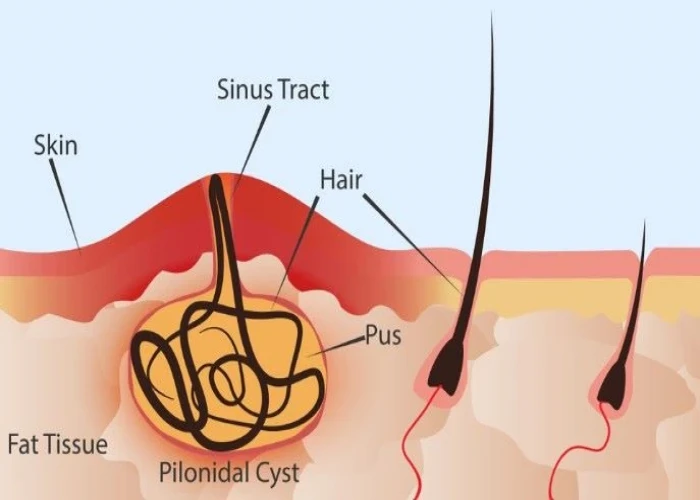 Welcome
Welcome
“May all be happy, may all be healed, may all be at peace and may no one ever suffer."
Pilonidal cyst
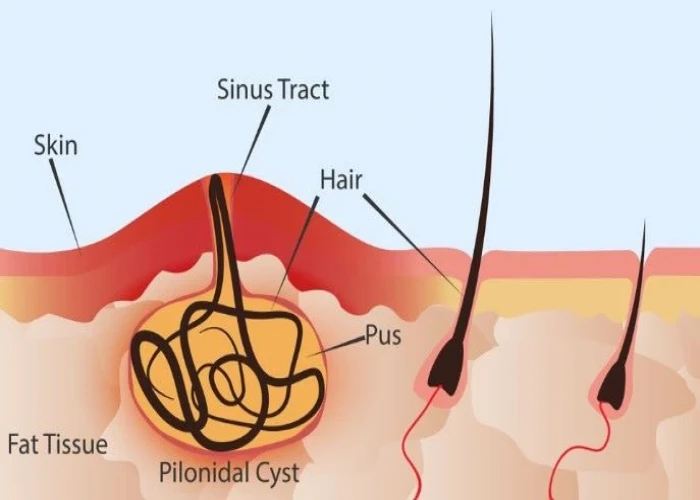
A pilonidal cyst is a fluid-filled sac that develops in the crease between the buttocks, just above the cleft of the buttocks. It typically contains hair and skin debris and can become infected, causing pain and inflammation. The cause of pilonidal cysts is not well understood, but it is thought that they may develop due to ingrown hairs, trauma to the area, or congenital factors.
Symptoms of a pilonidal cyst may include pain, swelling, redness, and drainage of pus or blood from the affected area. In some cases, a fever may also develop.
Treatment for a pilonidal cyst usually involves draining the cyst and removing any hair and debris that may be contributing to the problem. This can be done through a small incision in the skin or with the help of a small camera called a cystoscope. In more severe cases, surgical removal of the cyst and surrounding tissue may be necessary.
Prevention of pilonidal cysts involves maintaining good hygiene in the area, avoiding sitting for long periods of time, and keeping the area dry and clean. If you suspect you have a pilonidal cyst, it is important to seek medical attention to avoid complications and prevent further infection.
Research Papers
Disease Signs and Symptoms
- Skin pain or burning sensation
- Pus from wound on breast
- Numbness or decreased sensation in the area supplied by the nerve
Disease Causes
Pilonidal cyst
The exact cause of pilonidal cysts isn't clear. But most pilonidal cysts appear to be caused by loose hairs that penetrate the skin. Friction and pressure — skin rubbing against skin, tight clothing, bicycling, long periods of sitting or similar factors — force the hair down into skin. Responding to the hair as a foreign substance, the body creates a cyst around the hair.
This explanation accounts for rare cases of pilonidal cysts that occur in parts of the body other than near the tailbone. For example, barbers, dog groomers and sheep shearers have developed pilonidal cysts in the skin between fingers.
Disease Prevents
Pilonidal cyst
To help prevent pilonidal cysts, try to:
- Keep the area clean
- Lose weight if needed
- Avoid prolonged sitting
If you've had pilonidal cysts in the past, you might want to regularly shave the area or use hair removal products to reduce the risk of recurrence.
Disease Treatments
The initial treatment for an infected pilonidal cyst is usually a procedure that can be performed in your doctor's office. After numbing the area with an injection, your doctor makes a small incision to drain the cyst. If the cyst recurs, which often happens, you may need a more extensive surgical procedure that removes the cyst entirely.
After surgery, your doctor may choose to:
- Leave the wound open. In this option, the surgical wound is left open and packed with dressing to allow it to heal from the inside out. This process results in a longer healing time but usually a lower risk of a recurring pilonidal cyst infection.
- Close the wound with stitches. While the healing time is shorter with this option, there's a greater risk of recurrence. Some surgeons make the incision to the side of the cleft of the buttocks, where healing is particularly difficult.
Wound care is extremely important after surgery. Your doctor or nurse will give you detailed instructions on how to change dressings, what to expect of a normal healing process and when to call the doctor. You may also need to shave around the surgical site to prevent hairs from entering the wound.
Preparing for your appointment
You're likely to start by seeing your primary care doctor. In some cases when you call to set up an appointment, you may be referred immediately to a dermatologist or a surgeon.
What you can do
Before your appointment, you may want to write a list that answers the following questions:
- When did your symptoms begin?
- Have you experienced this problem before?
- Does anything improve your symptoms?
- What, if anything, appears to worsen your symptoms?
- What medications or supplements do you take regularly?
What to expect from your doctor
Your doctor is likely to ask you a number of questions, including:
- Have you been running a fever?
- Is the pain keeping you awake at night?
- What is your occupation? Do you sit all day?
Disease Diagnoses
Disease Allopathic Generics
Disease Ayurvedic Generics
Disease Homeopathic Generics
Disease yoga
Pilonidal cyst and Learn More about Diseases
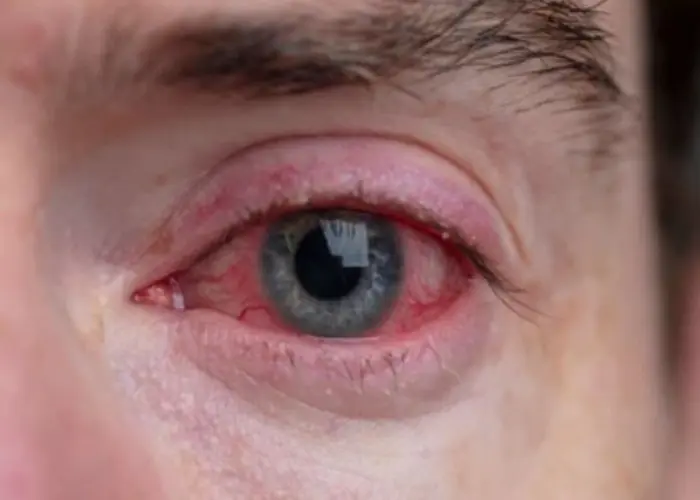
Blepharitis
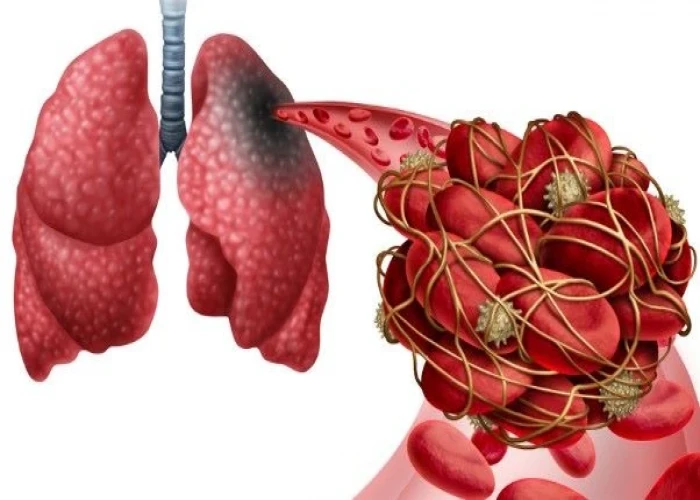
Pulmonary embolism

Genital warts
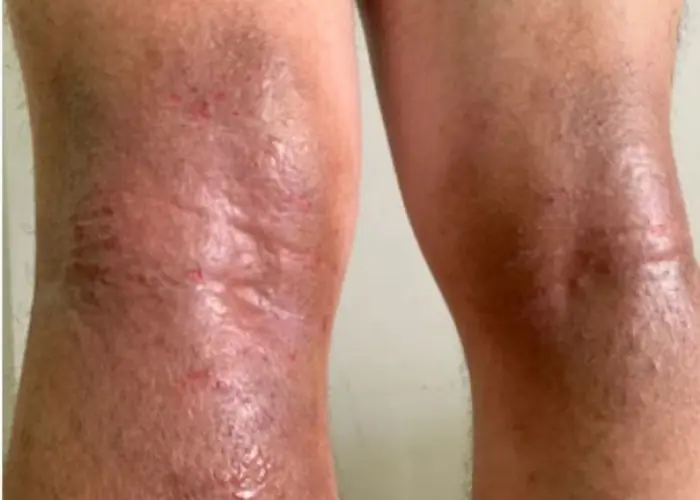
Atopic dermatitis (eczema)
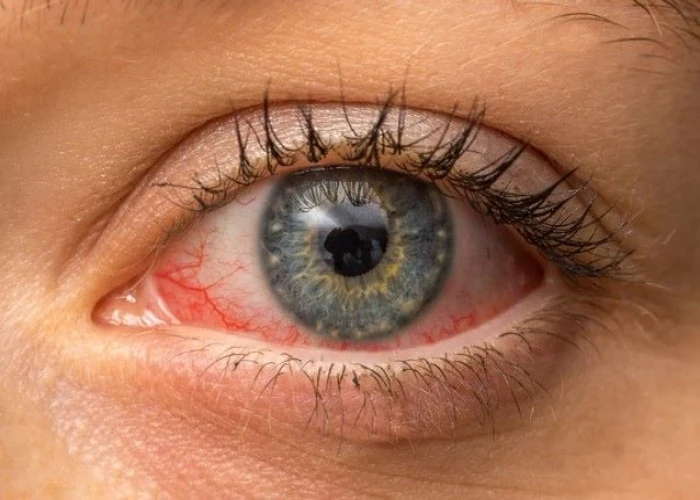
Retinal diseases

Schizophrenia
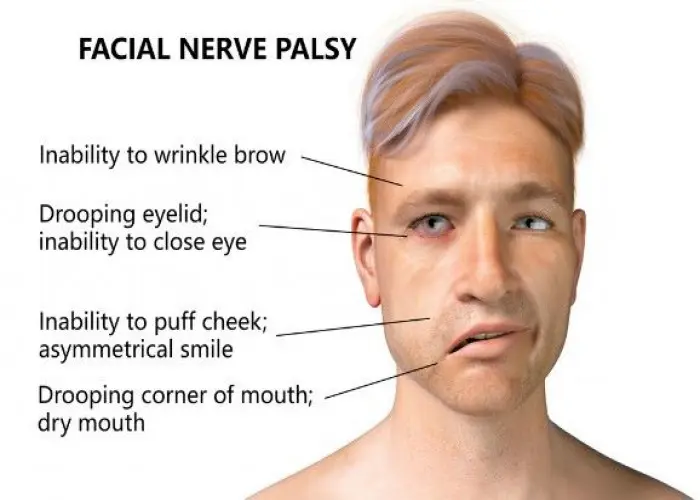
Facial palsy
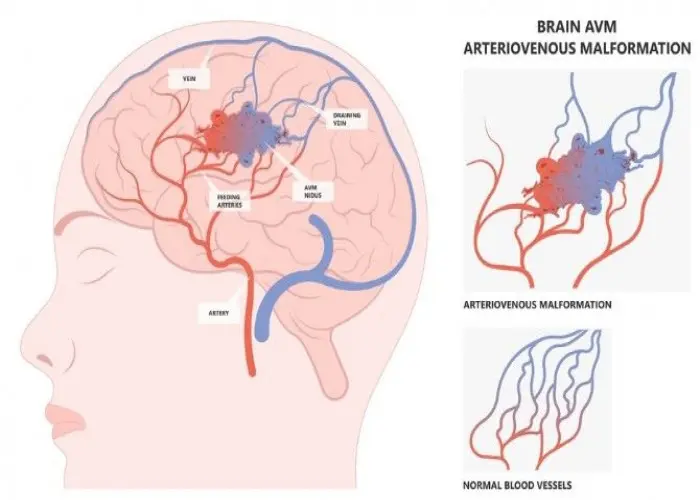
Intracranial venous malformations
pilonidal cyst, পাইলনিডাল সিস্ট
To be happy, beautiful, healthy, wealthy, hale and long-lived stay with DM3S.
